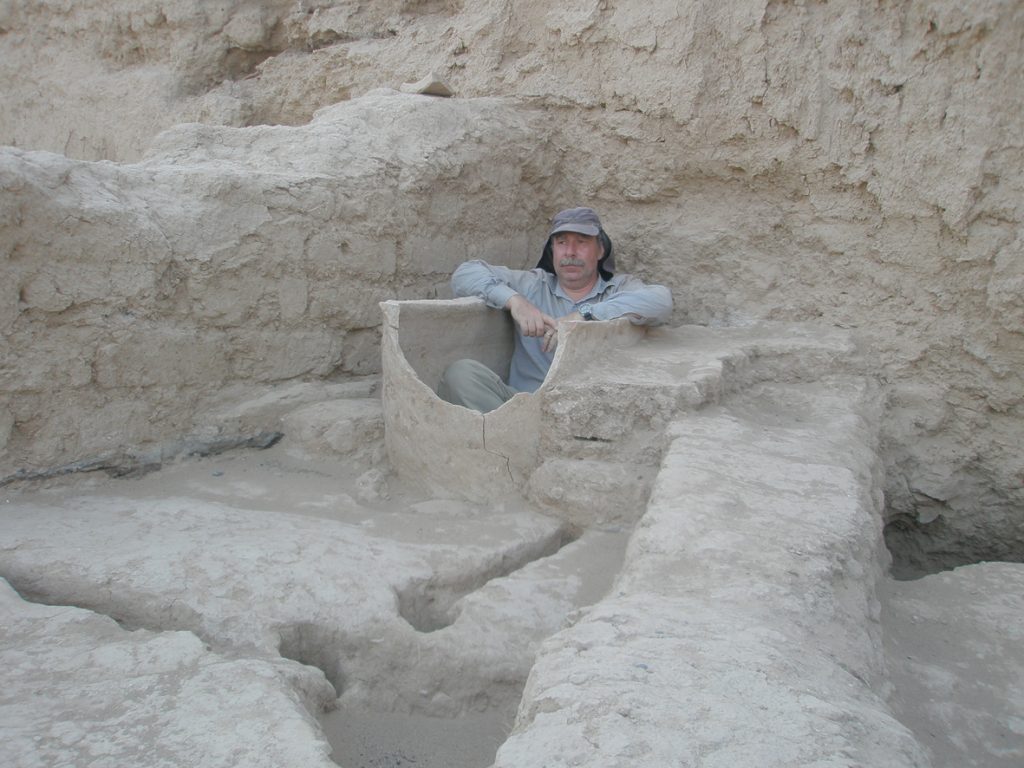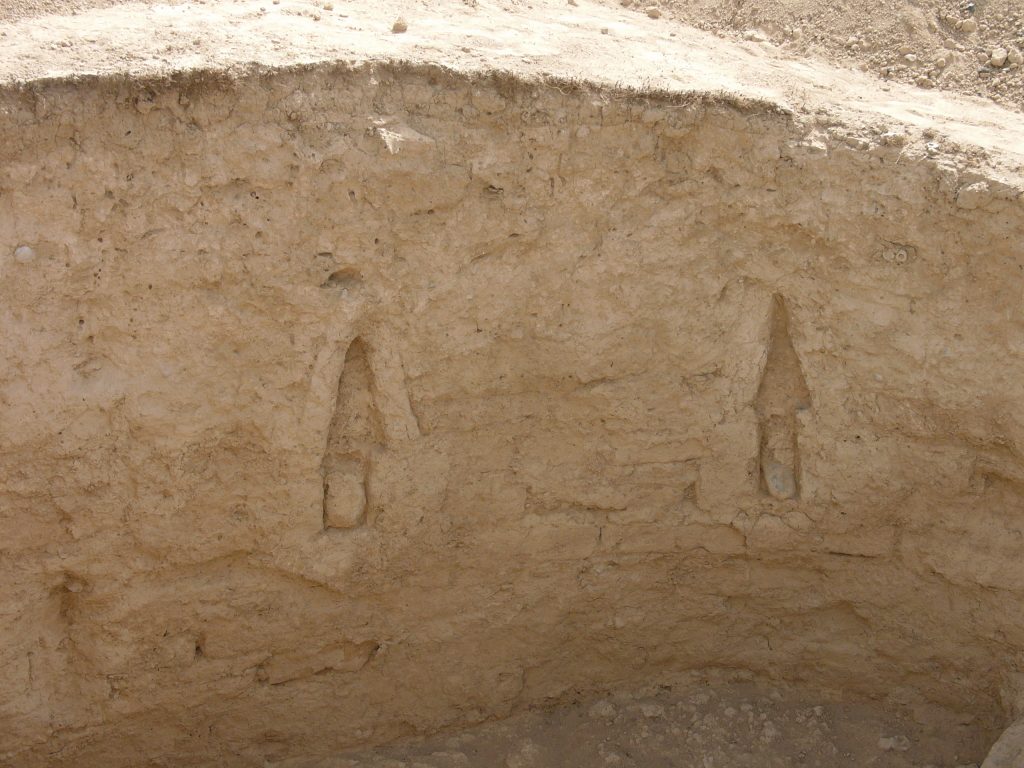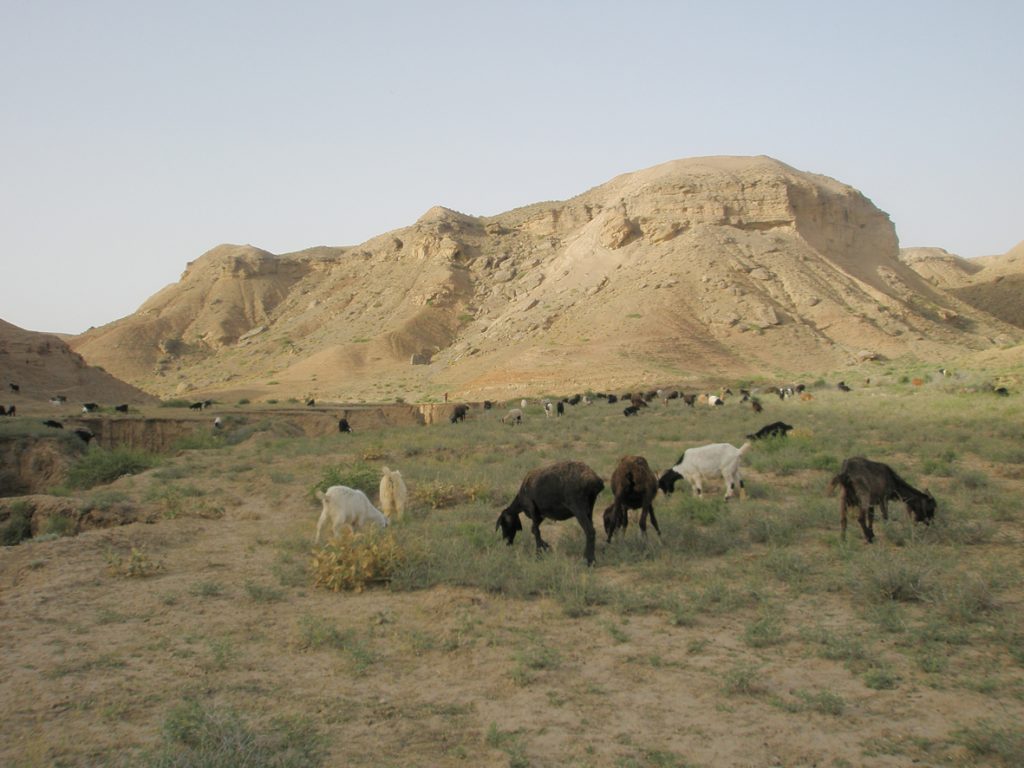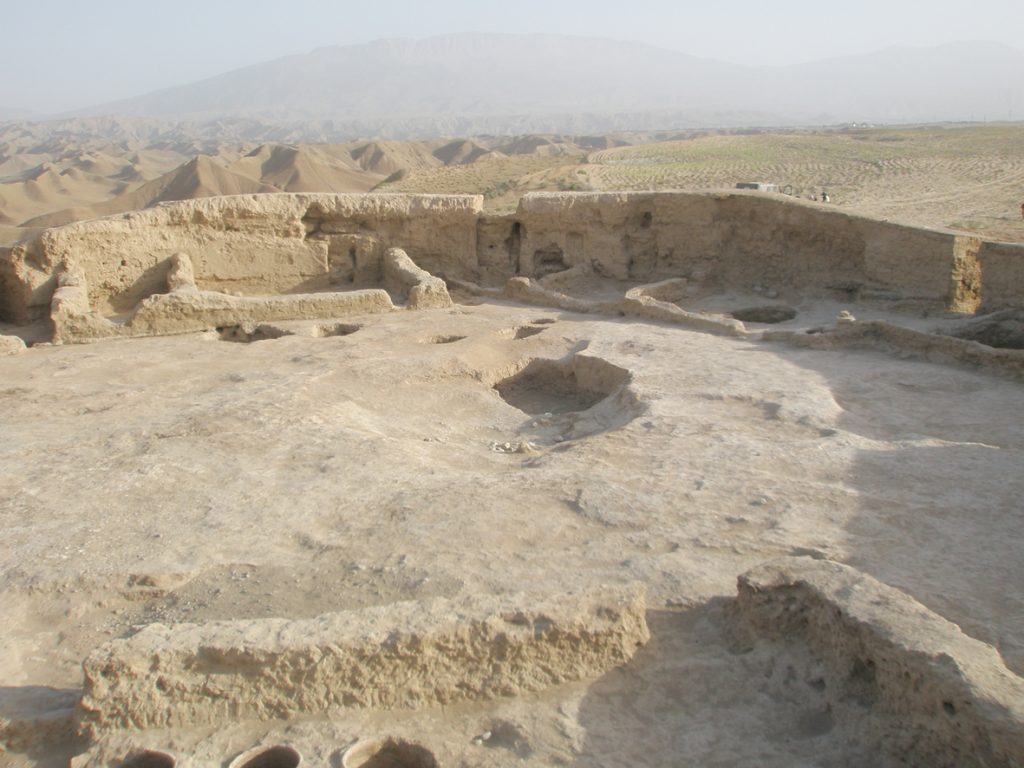How did Alexander the Great subjugate rebellious provinces? Ancient sources say he had a series of fortresses built to keep the peace in Bactria, today Uzbekistan.

One of the six fortresses from the 4th century BC is at Kurganzol, about 100 km north of Termes. Discovered in 2003, it was excavated in 2008 in collaboration with the DAI’s Eurasia Department. An unexpected find was a bath tub made of fired clay. It’s unique in Hellenistic central Asia and was probably introduced by the Greeks.
After Alexander and his successors had finally pacified the region, the fortress was abandoned in the 3rd century BC. Until then it had been an important base, as is suggested by thick burnt layers, which could be the result of military action.

In one of the fort’s six towers, archaeologists found arrow-shaped openings resembling arrow slits. Archers would have been able to shoot through the slits, but aiming would have been difficult owing to the thickness of the walls. It’s more likely that the slits were there to allow more effective drying of the mud brick walls (Photo: Nikolaus Boroffka, DAI) 
The fortress of Kurganzol was erected on this rocky spur. The dramatic cliffs are dozens of metres high and add to the forbidding character of the fortress (Photo: Nikolaus Boroffka, DAI) 
Panoramic view of the interior of the fortress of Kurganzol. In the centre lies the water basin. The bath was to the left of the central gate (Photo: Nikolaus Boroffka, DAI)